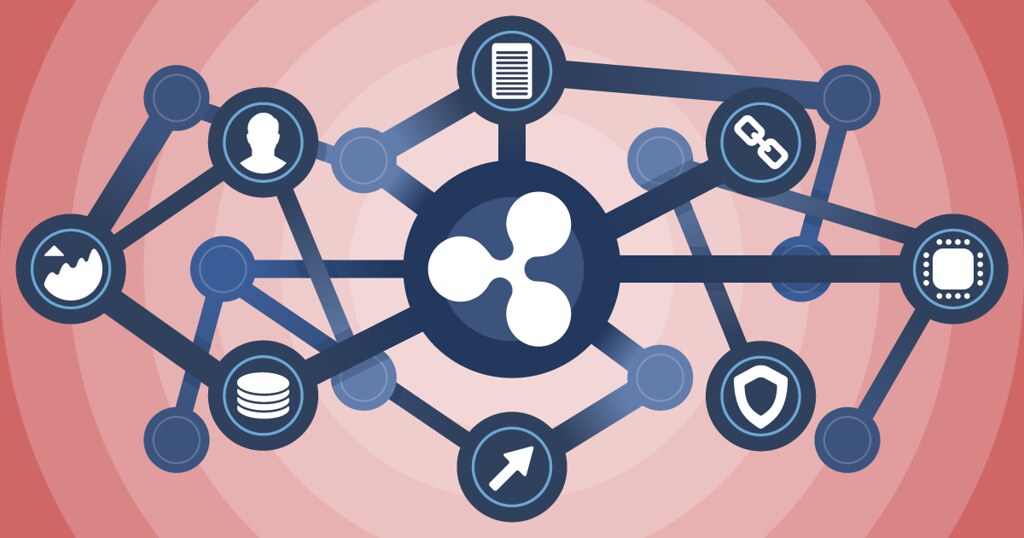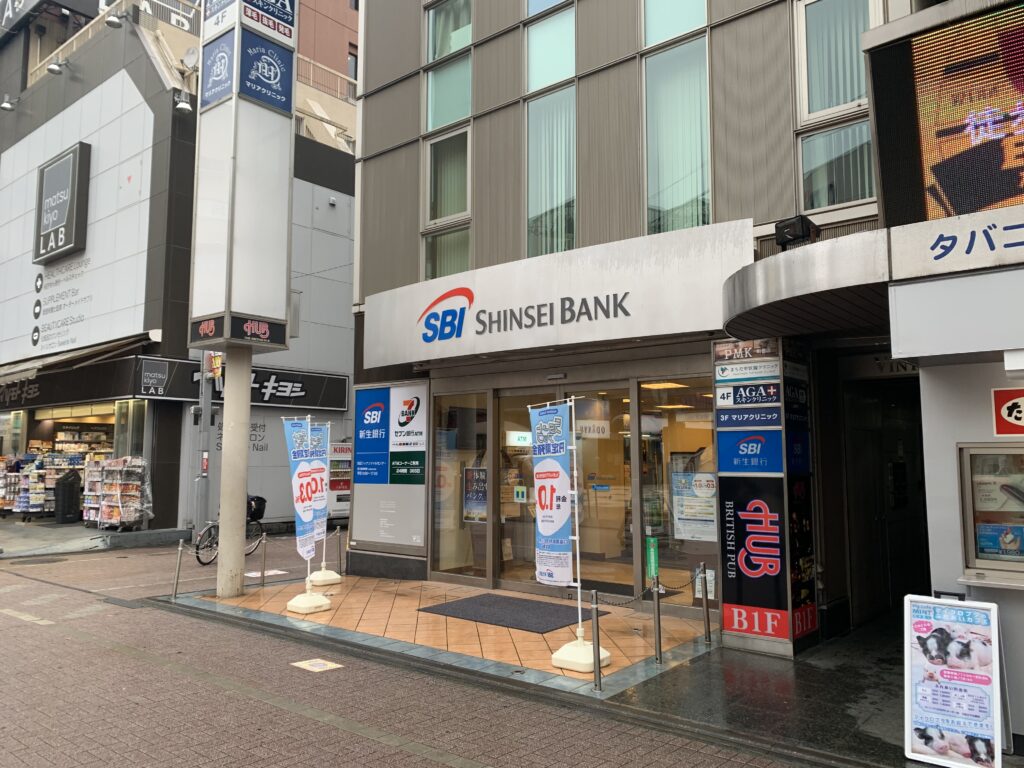Main Points:
- Current Challenges: Traditional international remittances are burdened with high fees and long processing times, making them inaccessible for many.
- Ripple’s Innovation: Ripple’s technology, particularly its xCurrent solution, is poised to revolutionize cross-border payments by reducing costs and accelerating transactions.
- SBI Shinsei Bank’s Initiative: By integrating Ripple’s technology, SBI Shinsei Bank aims to offer a more accessible and efficient international remittance service that can serve various customer needs.
- Industry Trends: The collaboration reflects broader global trends in blockchain adoption, regulatory evolution, and a renewed focus on decentralized financial solutions.
1. International Remittances Today: High Costs and Long Waiting Times
In today’s globalized economy, international remittances remain a critical service for millions of individuals who need to send money across borders. Despite its importance, the conventional process for cross-border transfers is fraught with challenges. Traditional banking systems often rely on a network of intermediary banks, which introduce multiple layers of fees. Additionally, the inherent delays caused by different time zones, compliance checks, and the involvement of multiple financial institutions can result in transactions that take several days to complete.
Historically, these obstacles have limited the practicality of international remittances for small businesses, expatriates, and families supporting relatives overseas. High fees diminish the actual value received by beneficiaries, while lengthy processing times can create liquidity issues or cause missed opportunities for time-sensitive financial needs. In a world where speed and efficiency are increasingly paramount, these traditional processes appear outdated.
Moreover, exchange rate fluctuations and the reliance on manual intervention at various stages have contributed to unpredictability in costs and timing. For many, the cumulative effect is not merely a minor inconvenience but a significant financial hurdle that stifles cross-border economic interactions. Against this backdrop, the call for a modern solution that addresses these inefficiencies has grown louder than ever.
2. Ripple’s Technological Innovation: Faster, Cheaper Cross-Border Payments
Enter Ripple, a company that has emerged as a disruptive force in the world of cross-border payments. Ripple’s technology centers on leveraging distributed ledger technology (DLT) to streamline the remittance process. Its flagship solution, known as xCurrent, allows financial institutions to execute real-time settlement of international transactions with significantly reduced fees and processing times.
Unlike conventional systems, xCurrent eliminates the need for multiple intermediary banks by directly connecting participating financial institutions. This connection facilitates instantaneous communication and verification of transactions across borders. The result is a system that can reduce the costs typically associated with international transfers, while also improving the overall transparency and security of each transaction.
Ripple’s innovation is not limited to merely cutting costs. The system’s ability to perform cross-currency settlements without the friction of traditional foreign exchange processes represents a paradigm shift. Financial institutions can offer their customers competitive exchange rates and rapid conversions, minimizing the risk of adverse market movements during the remittance process. In effect, Ripple’s technology lays the groundwork for a more inclusive and efficient global financial ecosystem.
Furthermore, Ripple’s solutions are supported by a robust network of global partnerships. Several leading financial institutions have already embraced Ripple’s platform, attesting to its reliability and potential to reshape the future of cross-border remittances. The company’s strategic focus on scalability and interoperability ensures that its innovations remain relevant in an ever-changing financial landscape.

3. SBI Shinsei Bank’s Bold Challenge: Making Global Transfers More Accessible
SBI Shinsei Bank is taking a decisive step toward revolutionizing international remittance by adopting Ripple’s technology. The bank, known for its forward-thinking approach and deep roots in the financial sector, is leveraging Ripple’s xCurrent to offer a service that promises both speed and cost efficiency. By integrating this technology into its infrastructure, SBI Shinsei Bank is setting out to redefine the customer experience in cross-border transfers.
The bank’s initiative is particularly significant in the context of Japan’s dynamic financial landscape. With an increasing number of Japanese residents working or studying abroad, as well as a growing diaspora of foreign residents in Japan, the need for efficient and affordable international money transfers has never been greater. SBI Shinsei Bank’s new service is expected to address these needs head-on by offering a solution that minimizes delays and reduces the burden of excessive fees.
In practical terms, this service is designed to facilitate a wide array of remittance scenarios. Whether it is sending funds to support family members living overseas, transferring money for educational purposes, or managing business transactions in foreign currencies, SBI Shinsei Bank’s adoption of Ripple’s technology could significantly streamline the process. The bank envisions a future where the limitations imposed by traditional remittance methods are a thing of the past, replaced by a seamless, near-instantaneous service that benefits all parties involved.
SBI Shinsei Bank’s move is not an isolated case but part of a larger trend in the banking industry. In recent years, there has been a surge in the adoption of blockchain technology among financial institutions worldwide. Many banks are exploring innovative methods to enhance operational efficiency, reduce transaction costs, and improve customer satisfaction. The bank’s initiative, therefore, is both a response to evolving consumer demands and a proactive measure to stay ahead of the curve in an increasingly competitive market.
4. Recent Trends in Blockchain and Cryptocurrency: The Broader Impact on Financial Services
Beyond the specific case of SBI Shinsei Bank, the integration of blockchain technology in financial services is part of a global trend that is reshaping the industry. In recent years, digital assets and blockchain applications have garnered significant attention not only for their potential to revolutionize cross-border payments but also for their broader implications in financial innovation.
A Global Shift Toward Decentralized Finance
Across continents, financial institutions and fintech companies are increasingly adopting blockchain-based solutions. The promise of reduced costs, improved speed, and enhanced security has led to a reevaluation of traditional banking infrastructures. Ripple’s successful model is one of several examples where blockchain technology has enabled new approaches to handling complex financial transactions. This shift is also evident in the growing popularity of decentralized finance (DeFi) platforms, which offer financial services without the need for traditional intermediaries. Although DeFi primarily operates on public blockchains, its influence is prompting even conventional banks to rethink how they manage transactions and provide services.
Regulatory Evolution and Industry Collaboration
Another significant trend is the gradual evolution of regulatory frameworks around digital assets. In countries like Japan, regulatory bodies have shown an increasing willingness to accommodate innovations in blockchain technology. Clearer regulatory guidelines have not only boosted investor confidence but have also encouraged banks and financial institutions to explore blockchain solutions more openly. SBI Shinsei Bank’s adoption of Ripple’s technology is emblematic of this regulatory shift, demonstrating that when clear rules are in place, even established institutions can embrace groundbreaking technologies.
Moreover, the industry has witnessed a surge in collaboration between traditional banks and fintech startups. Such partnerships are pivotal in merging the reliability of established financial institutions with the innovative capabilities of blockchain technology. This collaboration is crucial in ensuring that new solutions are secure, scalable, and in line with international standards. As more banks follow the lead of SBI Shinsei Bank and integrate blockchain technology into their operations, we can expect a ripple effect—pun intended—that may ultimately redefine the global remittance landscape.
Integration with Emerging Digital Assets
The integration of Ripple’s technology is also part of a broader movement toward digital assets and alternative forms of value exchange. Cryptocurrencies and stablecoins have been gaining traction as viable alternatives for cross-border transactions. These digital assets can further reduce costs by bypassing traditional banking networks and offering a more direct means of value transfer. For instance, stablecoins—cryptocurrencies pegged to fiat currencies—offer the stability needed for everyday transactions while maintaining the efficiency and low cost inherent in blockchain systems.
In this context, SBI Shinsei Bank’s move can be seen as a harbinger for a new era in financial services, one where digital assets are not just speculative instruments but practical tools for everyday commerce. By combining the efficiency of Ripple’s blockchain-based system with the potential of digital assets, financial institutions can provide services that are both innovative and practical. This convergence of technology and finance has the potential to unlock new revenue streams, broaden financial inclusion, and facilitate a more interconnected global economy.
Shaping the Future of Global Remittance
The collaboration between SBI Shinsei Bank and Ripple represents a significant milestone in the evolution of international remittance services. By addressing long-standing issues such as high fees, slow processing times, and the inefficiencies inherent in traditional banking networks, this innovative partnership is poised to transform the way money moves across borders.
The integration of Ripple’s xCurrent technology into SBI Shinsei Bank’s operations is more than just a technological upgrade—it is a bold statement about the future of financial services. With the potential to reduce costs and accelerate transactions, the new remittance service is set to benefit millions of individuals and businesses. Furthermore, this initiative is emblematic of a broader trend where blockchain technology and digital assets are reshaping the financial landscape worldwide.
As regulatory frameworks continue to evolve and the adoption of blockchain technology accelerates, we can anticipate even more transformative changes in the realm of international finance. The move by SBI Shinsei Bank not only exemplifies the cutting-edge of financial innovation but also offers a glimpse into a future where global remittances are seamless, efficient, and accessible to everyone.
In summary, the Ripple revolution spearheaded by SBI Shinsei Bank is a testament to how innovative technology can break down barriers and create a more interconnected world. For those seeking new digital assets, alternative revenue sources, or practical blockchain applications, this development marks a significant step forward. As the global financial ecosystem evolves, the ripple effects of these advancements will undoubtedly continue to shape the future of international remittance and beyond.


